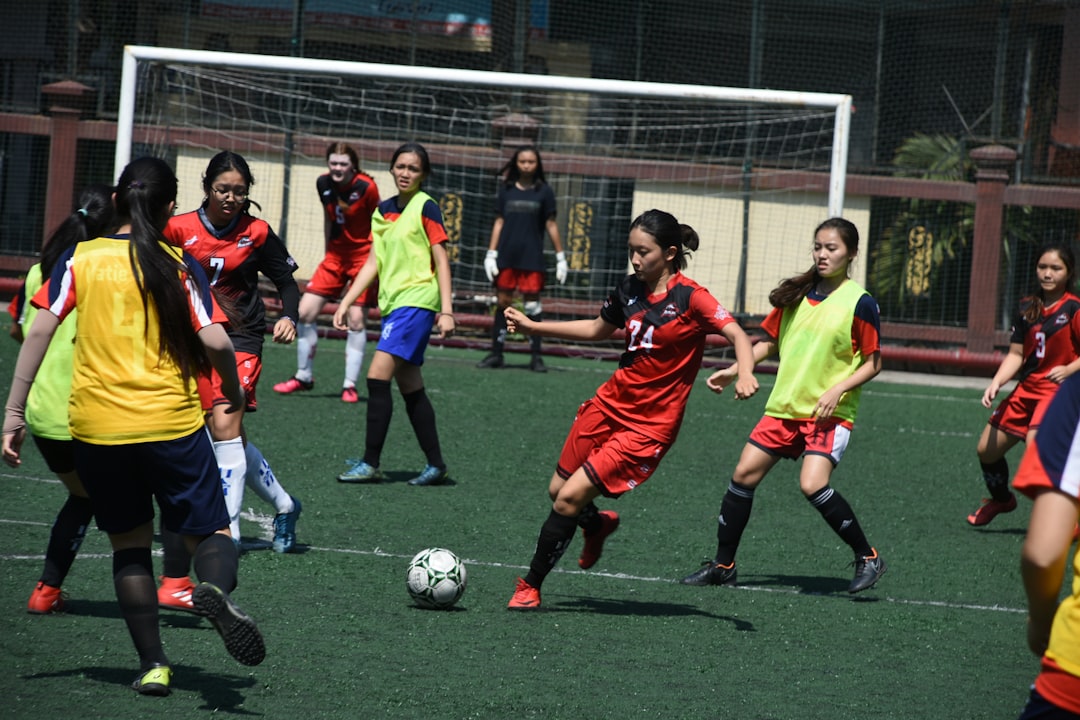What is it about?
Due to the Tang and later imperial courts’ enforcement, rhyme books (yunshu 韻書) such as Qieyun 切韻 (Spelling Rhymes), Yunlue 韻略 (Concise Rhymes) and Hongwu zhengyun (Standard Rhymes of the Hongwu Reign Period) came to exert extensive linguistic and cultural influence. However, during their inception before the Tang, rhyme books did not enjoy broad recognition, belonging more or less within circles of experts. By examining the case of Lu Fayan’s 陸法言 (fl. 581-601) Qieyun 切韻 (Spelling Rhymes; compiled c.a. 601), which is often characterized as the incipient “official rhyme book” (guan yun 官韻) in Chinese history, I will argue for its more private and personal nature, through which I will bring to light a different picture of pre-Tang “tonal and rhyming” culture.
Featured Image
Read the Original
This page is a summary of: The Rhyme Book Culture of Pre-Tang China, Journal of Chinese Literature and Culture, November 2015, Duke University Press,
DOI: 10.1215/23290048-3324164.
You can read the full text:
Contributors
The following have contributed to this page










